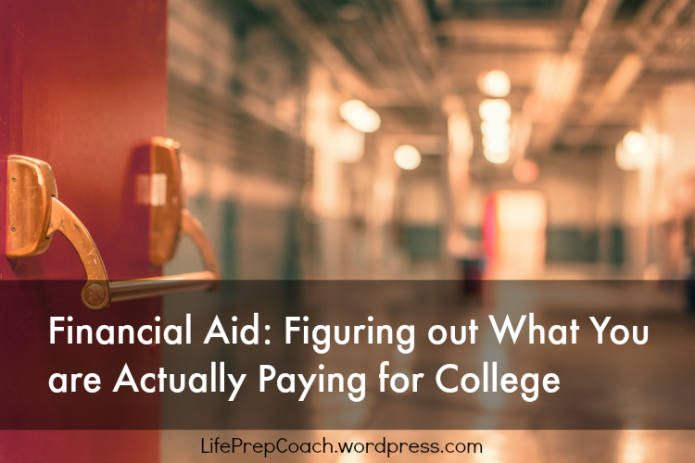Financial Aid: Figuring out What You are Actually Paying for College
A
This month, we have talked about College Financial AID and how the numbers are worked up. We have been dealing with what is called “Need” and what kind of aid is available to fill this gap. Last week, we talked about government aid. This week, we will briefly discuss grants available from the colleges themselves.
A
Grants usually come in the form of “Merit” based aid. Merit aid goes to students that the colleges or universities are targeting to add to their student body. This typically goes to students that work on positioning the 5 different college entrance requirements: high school grades, SAT scores, extracurricular activities, letters of recommendation and the college entrance essay. For the students that meet these entrance hurdles, colleges can target certain students in the upper qualification echelon with a percentage of aid to meet their “Need.” (Bear in mind that the family still has to pay the Effective Family Contribution (EFC)). So, when you receive offers from the universities or colleges, their grants will be working on this perceived “Need.”
A
Here is where you have to be careful regarding the award letters. As mentioned earlier, some letters do not have very accurate Cost of Attendance figures, making the real cost higher then what they send you. Other offers with wrap in various student loans as part of the offer so it becomes important to read the fine print to see exactly what real money is coming out of the schools’ pocket and what will ultimately come out of your pocket and then make a comparison between the schools you are looking at. You may find that one offer that appears to look equal to another has a bottom line that actually has you paying more dollars due to various loans and work programs. Next week we will mention some ways to attempt to get the schools to up the grant.
A
Action Time.
A
As you receive offers from schools, make a spread sheet that deals with what you believe is the real cost of attendance, your EFC, the perceived need, the actual grant from the college, the loans that need to be taken out, the contributions based on work-study programs and any other values that you believe you may experience and then calculate how much the real cost for each school. Now you will have a valid cost comparison. I would be glad to review the offers you receive and see how they compare.
A
Come over to our website specifically designed for college preparation.
www.lifeprepcollegeplanning.com
To Jump Starting Your College Life!
Coach Rossitto
The opinions voiced in this material are for general information and are not intended to provide specific advice or recommendations for any individual.
Securities and Advisory services offered through LPL Financial, a Registered Investment Advisor. Member FINRA/SIPC
The LPL Financial Registered Representative associated with this site may only discuss and/or transact securities business with residents of the following states: AZ, CA, MD, NY. TX
A





You must be logged in to post a comment.